“The illiterate of the 21st century will not be those who cannot read and write, but those who cannot learn, unlearn, and relearn.” – Alvin Toffler, author and futurist.
If technology allows us to spend more time doing the things that we want to do, then how can it change the role that education plays in our lives? In this digital age, how do we guard against making assumptions that could be to our detriment in the future?
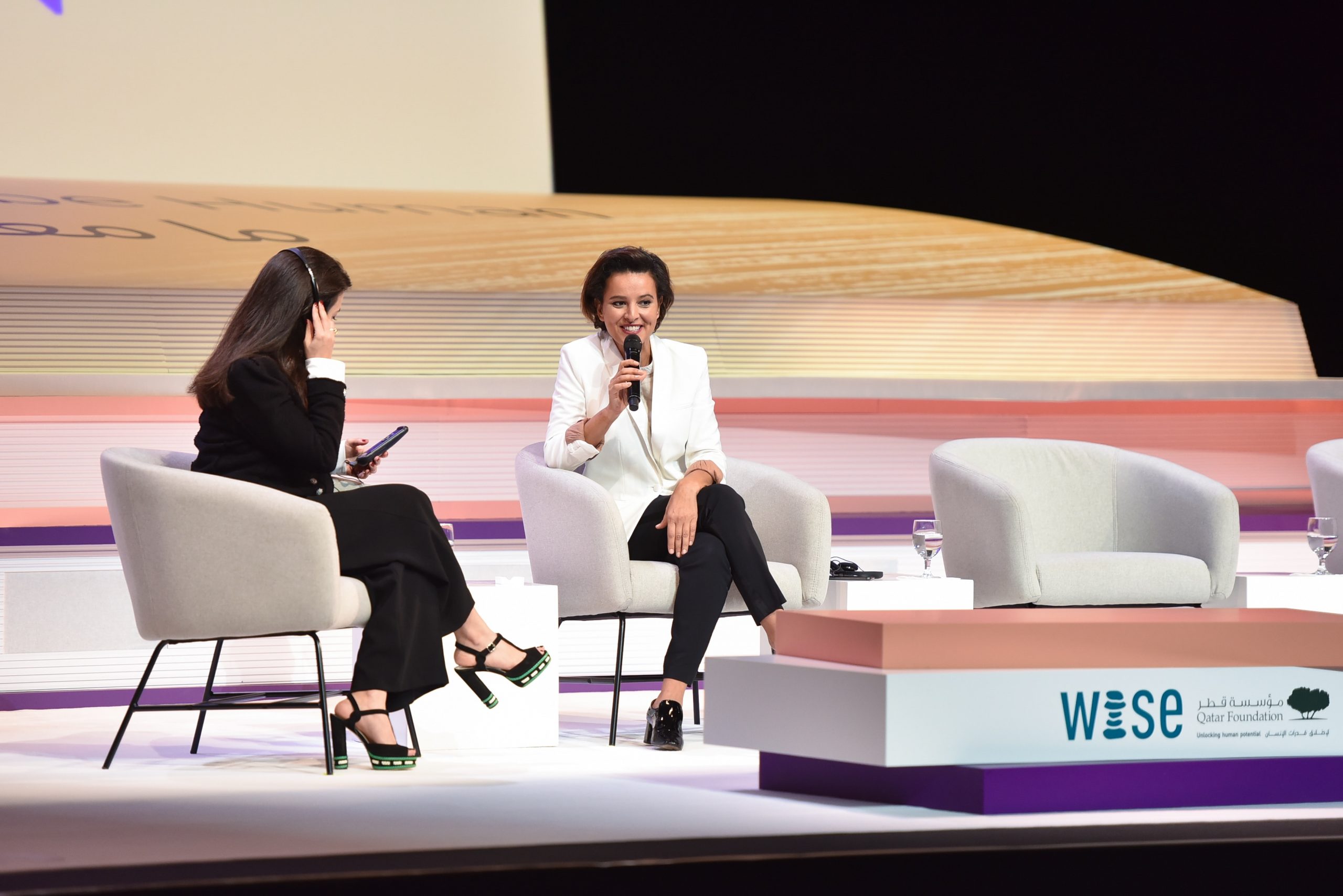
The 2019 World Innovation Summit for Education (WISE) is examining a central issue of our time: How will the advances in technology affect education, and where are humans situated ahead of the uncertain future to come? This future will need to see the ability to rapidly ‘unlearn and relearn’ rise to prominence if we’re to thrive, or even survive. That’s exactly why this year’s theme is ‘UnLearn, ReLearn: What it means to be Human.’
This year’s Summit aims to centralise the notion of being human, based on the belief that the understanding of our own psychology is a powerful tool. Whether it be how we react to stress and difficult emotions, to learning how to communicate and respect other people with different opinions, or even understanding how our brains learn.
Every two years, the organisers go above and beyond to make each Summit a unique experience. Accompanying thought-provoking debate and discussion, several activities aligned to this year’s theme will encourage attendees to explore their own mindfulness, including guided meditation classes and yoga. There will also be a silent room, allowing people a moment to themselves to reflect and recharge during the three-day conference.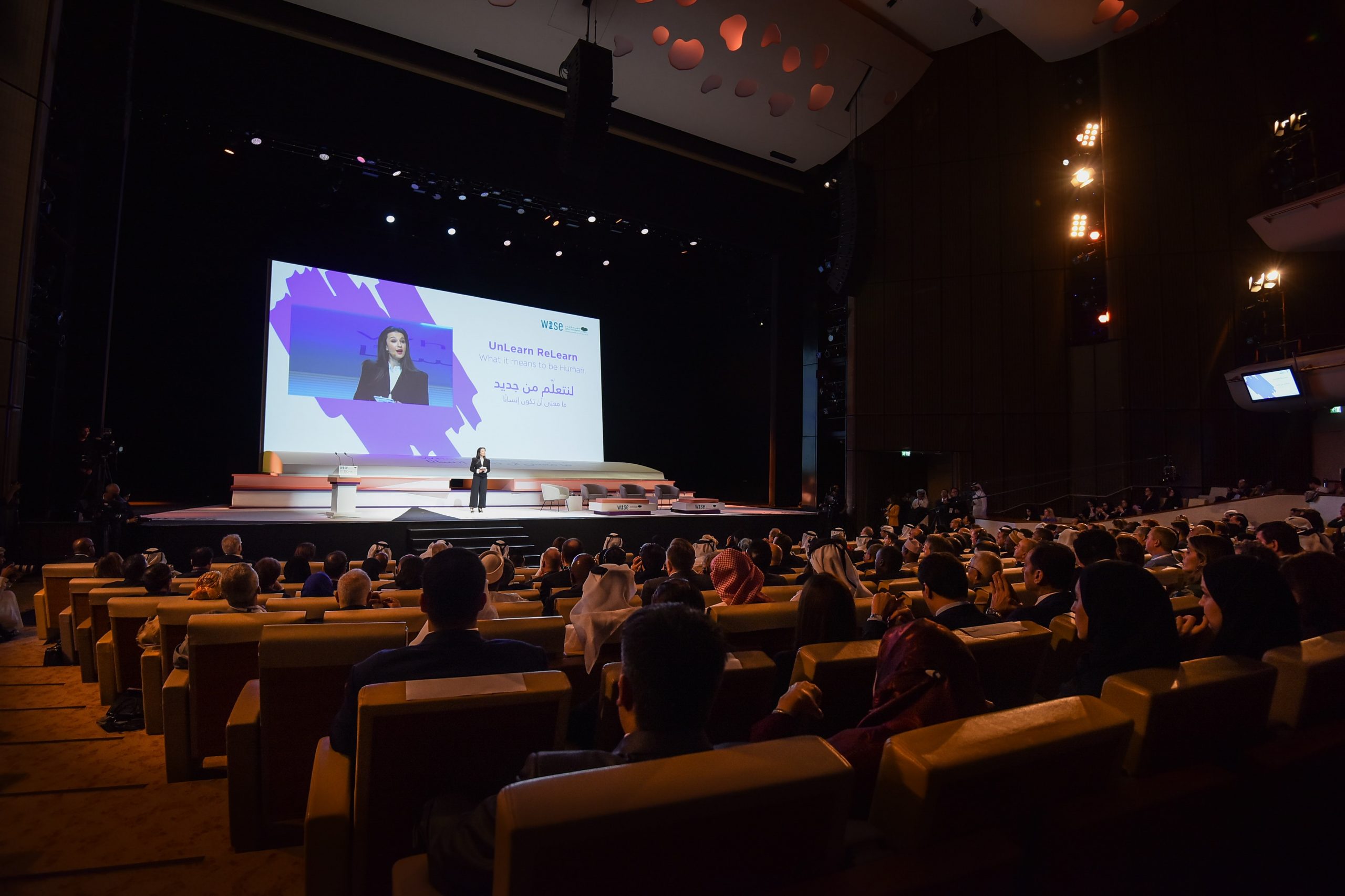 From moments of reflection to hours of discovery, this year’s Majlis will be the beating heart of the Summit, full of exhibitors pitching, doing labs and showcasing their work. There won’t be a dull moment. It all stems from the WISE research team’s tireless work throughout the year, as they pioneer new papers or find ways to collaborate with organisations and industries who can benefit from their innovative thinking.
From moments of reflection to hours of discovery, this year’s Majlis will be the beating heart of the Summit, full of exhibitors pitching, doing labs and showcasing their work. There won’t be a dull moment. It all stems from the WISE research team’s tireless work throughout the year, as they pioneer new papers or find ways to collaborate with organisations and industries who can benefit from their innovative thinking.
Education is the most effective lever to create positive change in our societies. It’s the place to source the solutions to the globe’s most pressing issues. Just imagine the impact upon society if every school child can convince their family to recycle and change their behaviours towards waste. With greater understanding of the human, this positive impact can be amplified.
Given the challenge of access and awareness, ensuring education can have a positive impact worldwide is by no means an easy task. WISE is continuing to facilitate research that will help stakeholders in education across the globe make more informed decisions and harness the digital transformation to create, spread and consume information in a way that works for them.
Through phenomenal effort, global collaboration and the latest thinking, WISE is shaping the classroom experience for the better.
40 school presentations
125 organised clean-ups
More than 6,000 volunteers mobilised
Over 70,000 kilos of trash collected
Jose Saucedo is breaking all the records.
As Director of Doha Environmental Actions Project (DEAP), Jose’s number one mission is to raise public awareness of the environmental damage caused by plastic pollution and littering, and to restore the natural beauty of Qatar.
Always an active member of the community, what started as occasional volunteering in his spare time quickly escalated, and it wasn’t long before this long-term champion of the environment took over the lead of DEAP.
And the figures since speak for themselves.
“Convincing 6,000 people to go pick up someone else’s trash…[it shows] how much we love Qatar, how big the problem is and how committed we are to our cause”, he says.
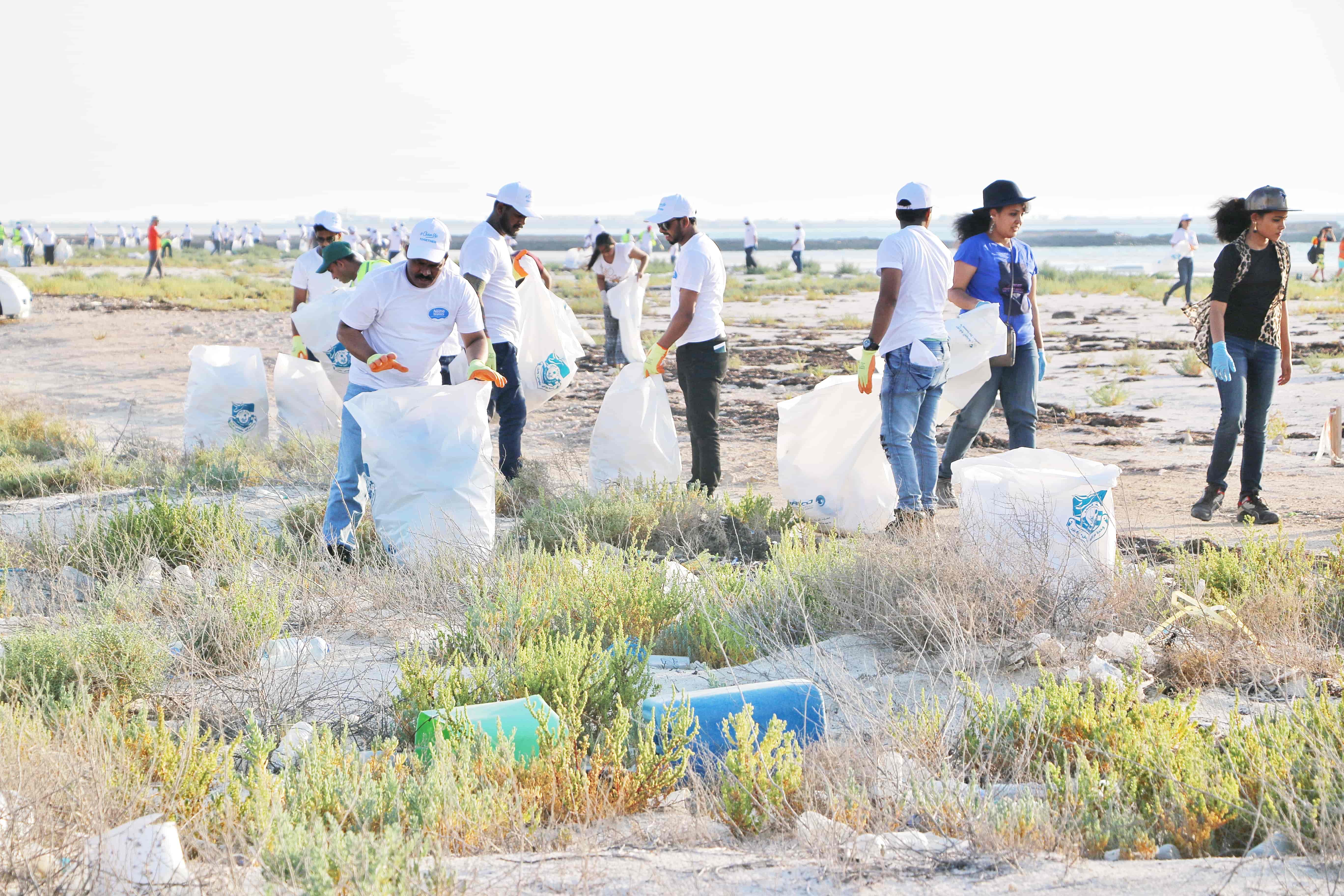
Volunteers are essential to DEAP. The community does not receive any subsidies and depends uniquely on the “good will, the good heart and the support of its volunteers.”
Jose is unashamedly and inspirationally ambitious in wanting to “take the whole country to clean-ups”, with a clear eye to 2022 when millions will descend on Qatar for the World Cup. So seeking out volunteers by promoting his vision is vital.
As DEAP’s Director, educating and motivating others is a core component of his role. He is relentlessly travelling around the capital city’s community presenting to schools, business and other third-sector organisations.
When asked what he does when not fighting plastic pollution and littering, the response is amusingly predictable. “I am probably at school somewhere talking about plastic pollution. I think I may be a bit obsessed with it!”
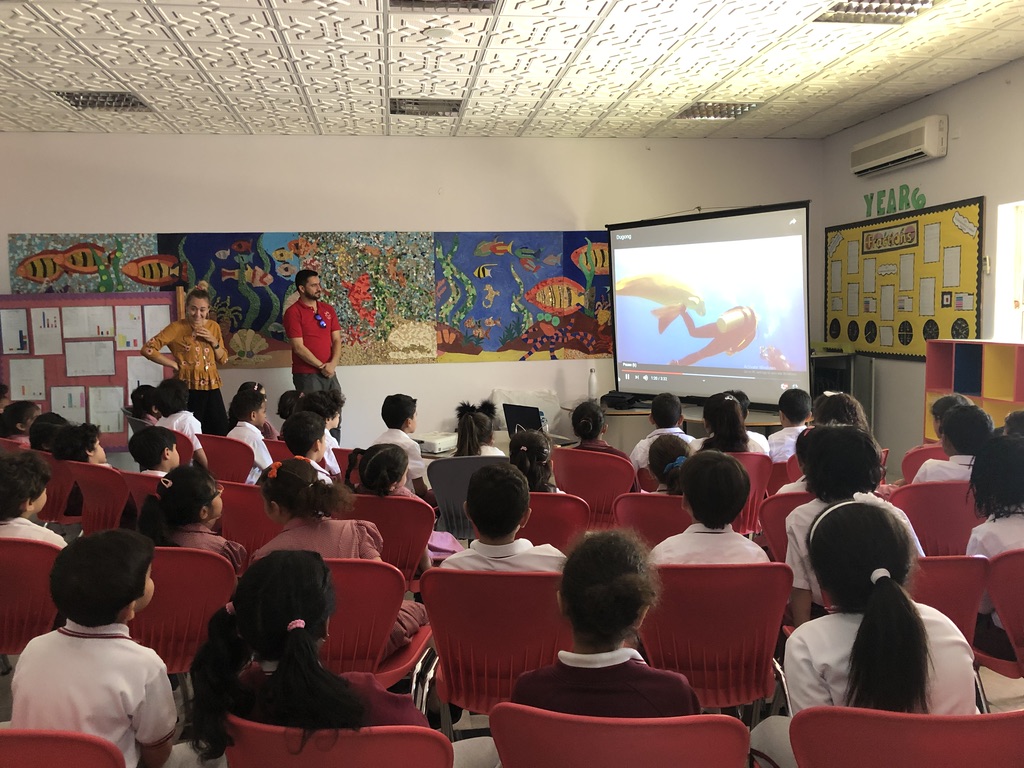
More than an obsession, it is a dream, and a vital one at that – helping Qatar become a leader in the global fight against plastic pollution.
This is this very same pollution that threatens Qatar’s own stunning natural landscapes and heritage sites. “Before joining the DEAP I spent some time going to beaches and dunes… [they] were incredibly beautiful but they were dirty”, Jose recalls.
He is determined though to see the country remain a beautiful source of pride and litter-free for generations to come.
When asked about his favourite secret spot in Qatar, Jose answers that, the northern Mafjar beach aside, he loves going to the singing sand dunes. “They are both incredible assets for tourism in Qatar that must be preserved”, he emphasises.
How to get involved then?
You can join Jose Saucedo and his army of volunteers every Friday for clean-ups and, above all, follow the community on Instagram (@deap_qatar) and Facebook (@deapqatar) to find out about upcoming events.
In the meantime, don’t forget Saucedo’s motto – “refuse, reduce, reuse, recycle!”
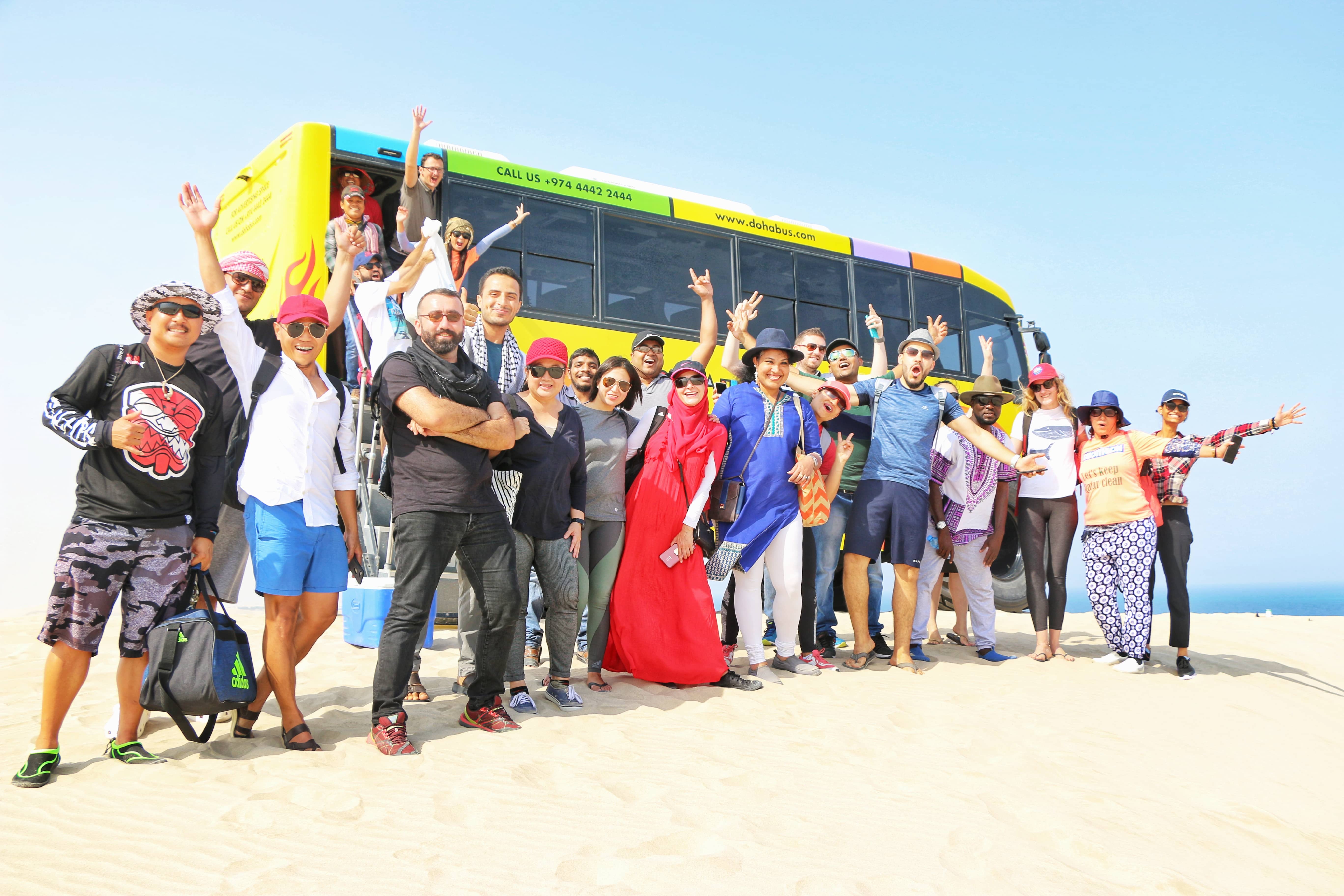
Qatar’s 2030 Vision. A guiding blueprint for Qatar’s development, rooted in the strategy of nearly every business and public entity throughout the country.
But what does it mean for men and women in Qatar, and how has it manifested in their day-to-day lives?
Q Life sat with two inspiring women from Qatar’s artistic and design scene, uncovering how their work paves the way for the country’s long-term social development.
Shaikha Al Sulaiti sits peacefully, taking in her surroundings, a small smile growing across her face. “Qatar is changing every day”, she says, the pride in her voice palpable. “Just seeing how far we’ve come in such a short amount of time…there’s a lot of hope for further growth and development”.
Since childhood, Al Sulaiti has nurtured a strong passion for art and design. Today, she speaks highly of the support she received from her family. “They always encouraged me to pursue whatever course I wanted to take”.
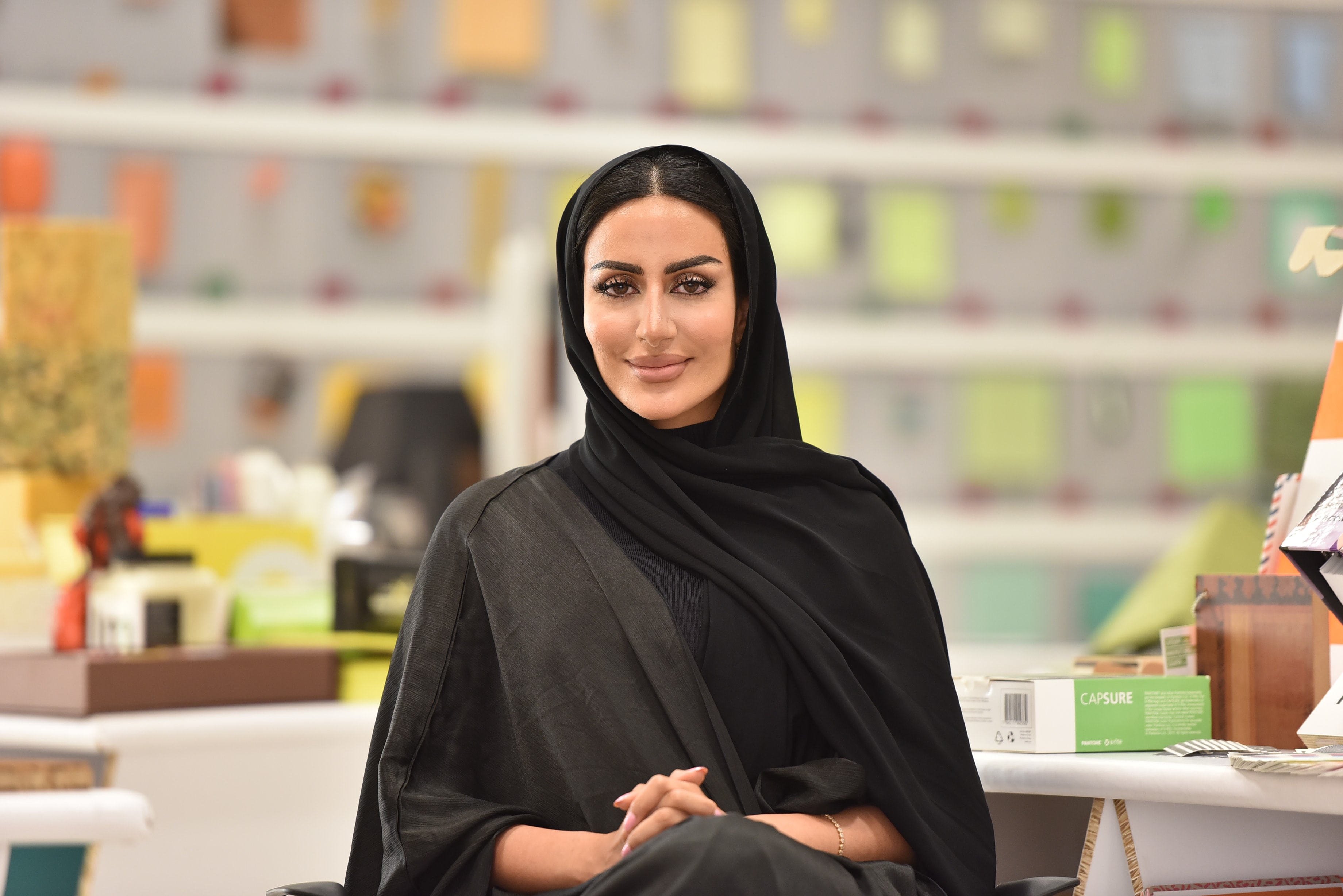
An Interior Designer at Msheireb Properties, Al Sulaiti knows better than most the extent and pace of change in Qatar. Working on the Msheireb Downtown Project, she has been right on the frontline of the ground-breaking approaches to architecture and design which set Qatari construction apart. Alongside her colleagues, they are united in a continuous effort to find new ways to reduce waste and use alternative resources. “It’s a whole new world of sustainable materials”, she enthuses.
Witnessing her ideas come to life in Downtown Doha, Al Sulaiti has no doubt there is much more amazing development to come as Qatar moves into an historic decade in its exciting modern trajectory.
Across town in Education City, Layla Ibrahim Bacha, a Syrian artist who moved to Qatar 11 years ago and today help’s curates Qatar Foundation’s collections, is similarly inspired by being able to see the effects of her work on society.
“Art has a hidden role in our daily life which unconsciously changes us. This indirect change and correlating social development are essential for a country like the State of Qatar, which is rapidly growing and developing”, says Bacha. “I feel that it keeps us humane and close to our feelings and identity, because after all, art is a way of expressing these things”, she adds.
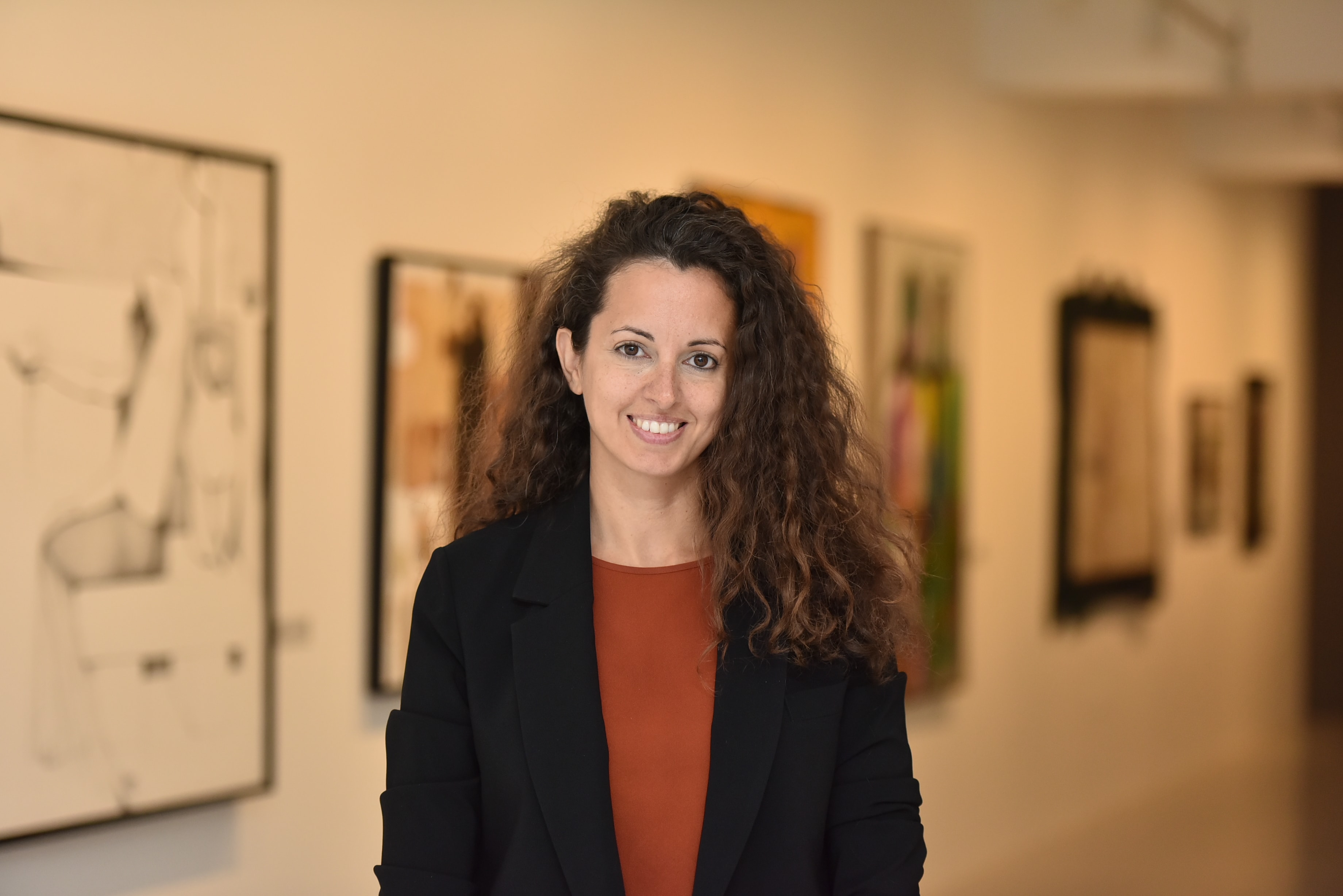
Driven by pioneering organisations such as Qatar Foundation and Qatar Museums, the complex richness of Qatari culture and society continues to evolve. For Bacha, “the artistic field in Qatar is rapidly developing on the right track, because strategic plans were put in place which considered the local culture”.
Both women describe Qatar’s National Vision as deeply inspiring. “The 2030 Vision is built on the connection of all sectors to achieve a single goal”, says Bacha. “This connection reveals the strength and vision of the country. To be part of achieving this vision, no matter how small, makes you realise the importance of your presence”.
Qatar’s 2030 Vision. A guiding blueprint for Qatar’s development, rooted in the strategy of nearly every business and public entity throughout the country.
But what does it mean for men and women in Qatar, and how has it manifested in their day-to-day lives?
Q Life sat with three leaders of Qatar’s diversification efforts, uncovering how their work paves the way for the country’s long-term prospects.
Comprehensive. Inclusive. Encouraging. Pioneering. These are just some of the ways Qataris and expats in Qatar describe the 2030 National Vision. Launched in 2008, for many it has been a mantra since youth.
“The vision is something we used to hear about as students, then again when I started working in this field”, recalls Dr Dhabia Al-Mohannadi, Assistant Professor at Texas A&M University in Qatar.
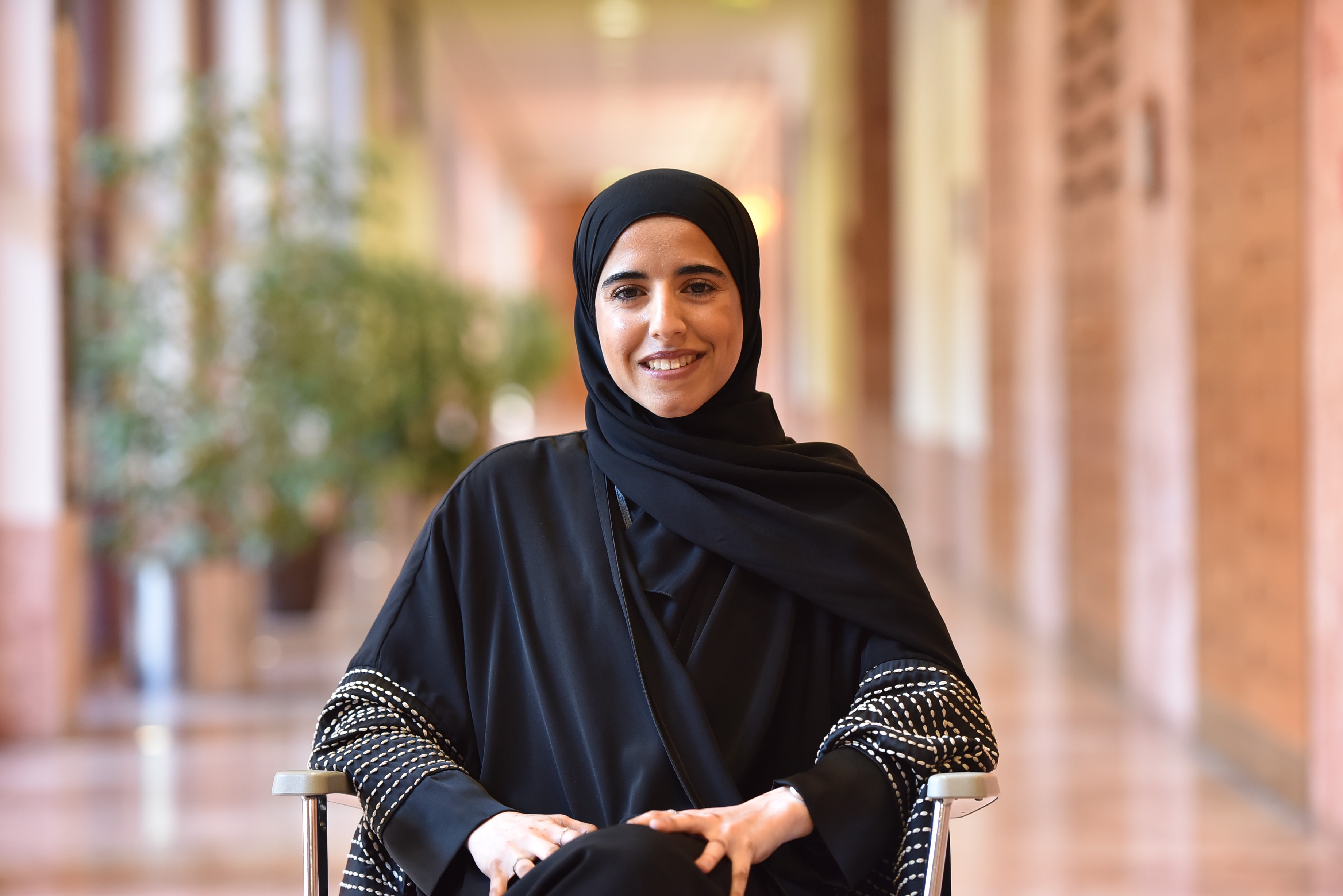
A specialist in chemical engineering, Dr Al-Mohannadi’s current work focuses on designing sustainable industrial parks and resource management. “I wanted to do something that would benefit the country as much as possible”, she continues.
Today, she and thousands of others across Qatar are at the forefront of a breathless economic diversification drive that’s tearing up the rulebook.
“The non-oil sector has seen strong growth for the past seven to eight years”, observes Abed Khattab, COO of Meddy, a healthcare tech company described as the Uber of healthcare, aiming to change the relationship between doctors and patients.
“We all know inevitably we are going to run out of oil”, adds Khattab. For him, start-ups are the answer. “If we look around us, this is where all the big ideas came from – it was first an idea, then became a start-up”.
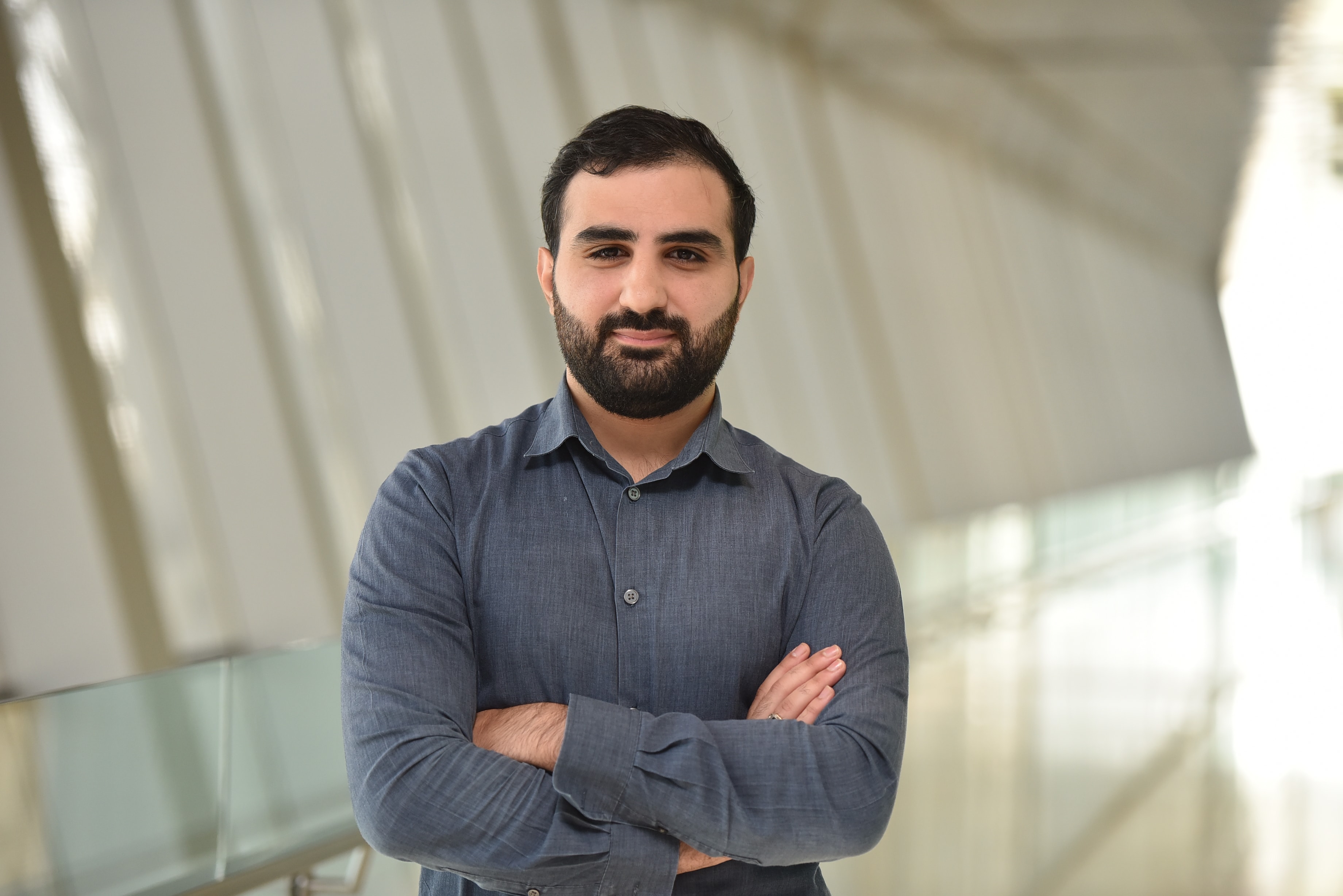
The opportunities for diversification in Qatar are boundless and extend beyond science and technology into fields such as the arts, sports and media.
Jassim Al Rumehi, a media relations specialist at the body responsible for delivering Qatar’s historic 2022 World Cup, emphasises that media is “an important, growing sector” which can generate many job opportunities.
“The 2030 Vision aims to achieve development in Qatar, whether on the individual level, societal, economic or environmental. For me, the most important is the human aspect”, he says.
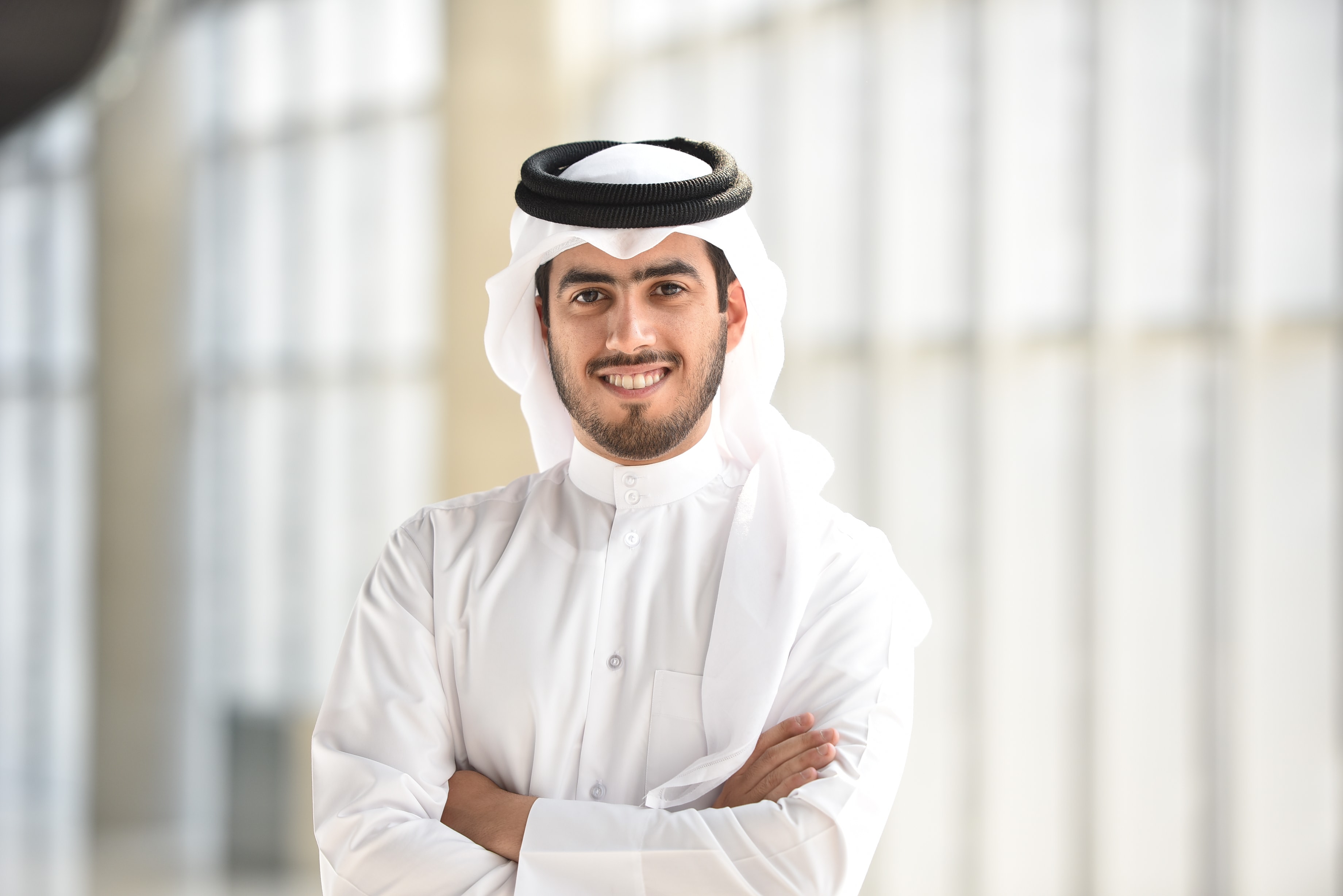
With greater diversification comes greater economic strength. While the shock of the illegal blockade in June 2017 quickly wore off, its positive impact has been far greater in the exciting acceleration Qatar has witnessed across areas such as food security and energy self-sufficiency.
“A diversified economy helps Qatar be more resilient and to withstand changes, whether they be regional political changes or climate change”, asserts Dr Al-Mohannadi.
So what will Qatar look like come 2030? For Abed Khattab, Qatar will be the world’s “leading force in hospitality and education”, while Jassim Al Rumehi believes 2030 will see Qatar “at its best, reflecting its wise leadership” and having achieved sustainability in multiple sectors.
Comprehensive. Inclusive. Encouraging. Pioneering. Qatar’s National Vision is truly taking flight.
Qatar’s 2030 Vision. A guiding blueprint for Qatar’s development, rooted in the strategy of nearly every business and public entity throughout the country.
But what does it mean for men and women in Qatar, and how has it manifested in their day-to-day lives?
Q Life sat with two leaders working to combat climate change, uncovering how their work paves the way for the country’s long-term sustainability.
One is a Qatari national, born and raised in the Gulf state. The other moved to Qatar only a month ago, after a career that has taken him from Germany and Switzerland, to China, America and now the Gulf.
Today, in Doha, Dr Tareq Al-Ansari and Professor Andreas Rechkemmer are engaged in the same crucial fight – to protect our natural environment and conserve it for future generations.
“I think for inhabitants living in Qatar it creates a very positive feeling, knowing that the country you live in is working towards developing a friendly living environment and economy that’s diverse and creates opportunities for all”, says Dr Al-Ansari.
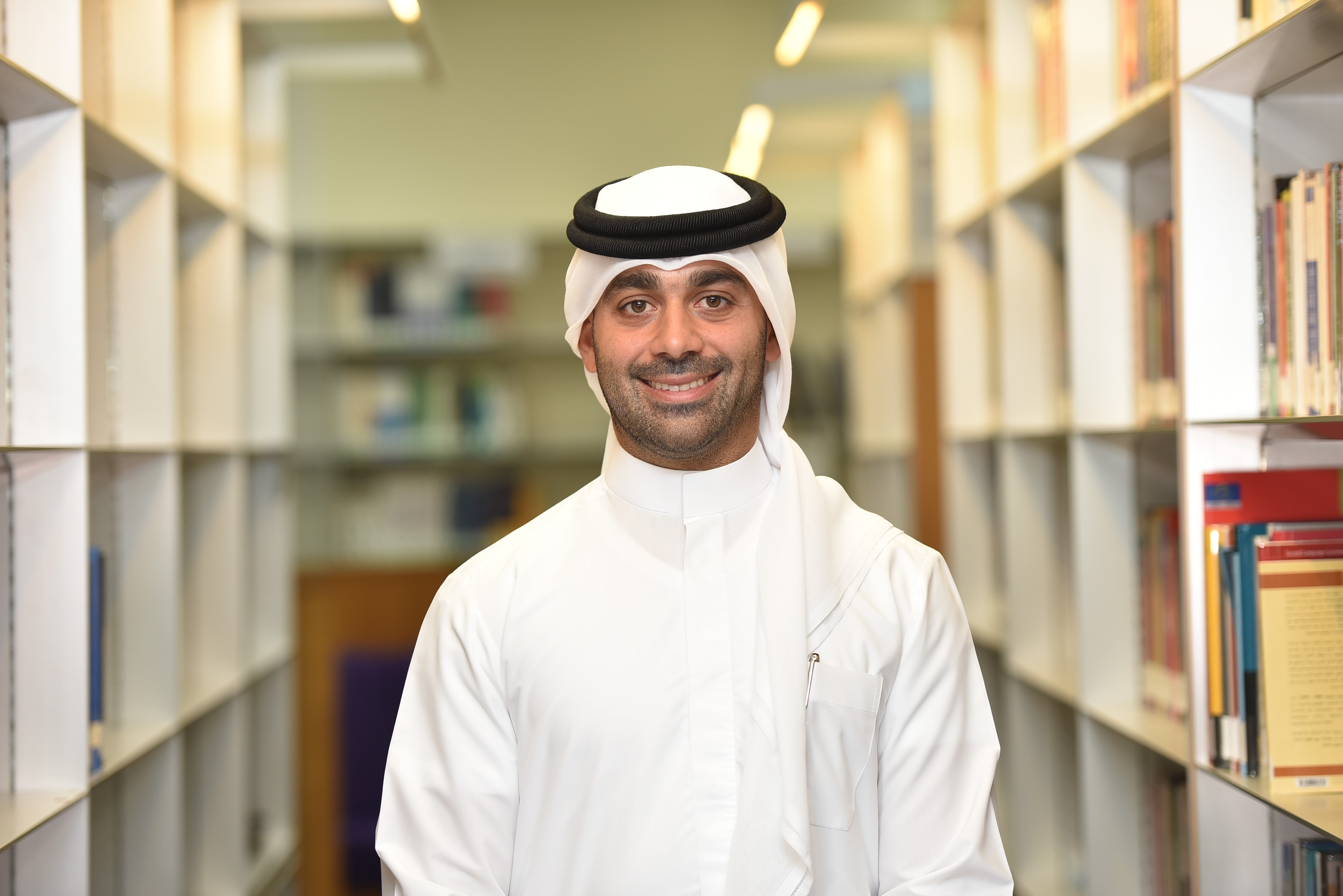
His high-level research as an Associate Professor at Hamad bin Khalifa University’s College of Science and Engineering covers a range of vital areas, from food security and waste management to carbon dioxide capture and utilisation.
A short walk across campus, Professor Rechkemmer is tackling the issue of sustainability from a different angle in his role as a Programme Director at HBKU’s newly-founded College of Public Policy.
“I foresee Qatar in 2030 to be faced with challenges – due to growth and due to the change in climate, but also huge opportunities”, observes Professor Rechkemmer. He continues: “I think Doha will be a model city in the world for smart technologies and sustainability experiments, that others can learn from as well”.
The desire to learn from previous experiences, to pool knowledge, and to then innovate and inspire others to follow suit is ever-present when talking with the likes of Dr Al-Ansari and Professor Rechkemmer. As Professor Rechkemmer emphasises, “HBKU is by default a research-intense university” – the thirst for information and new thinking is constant.
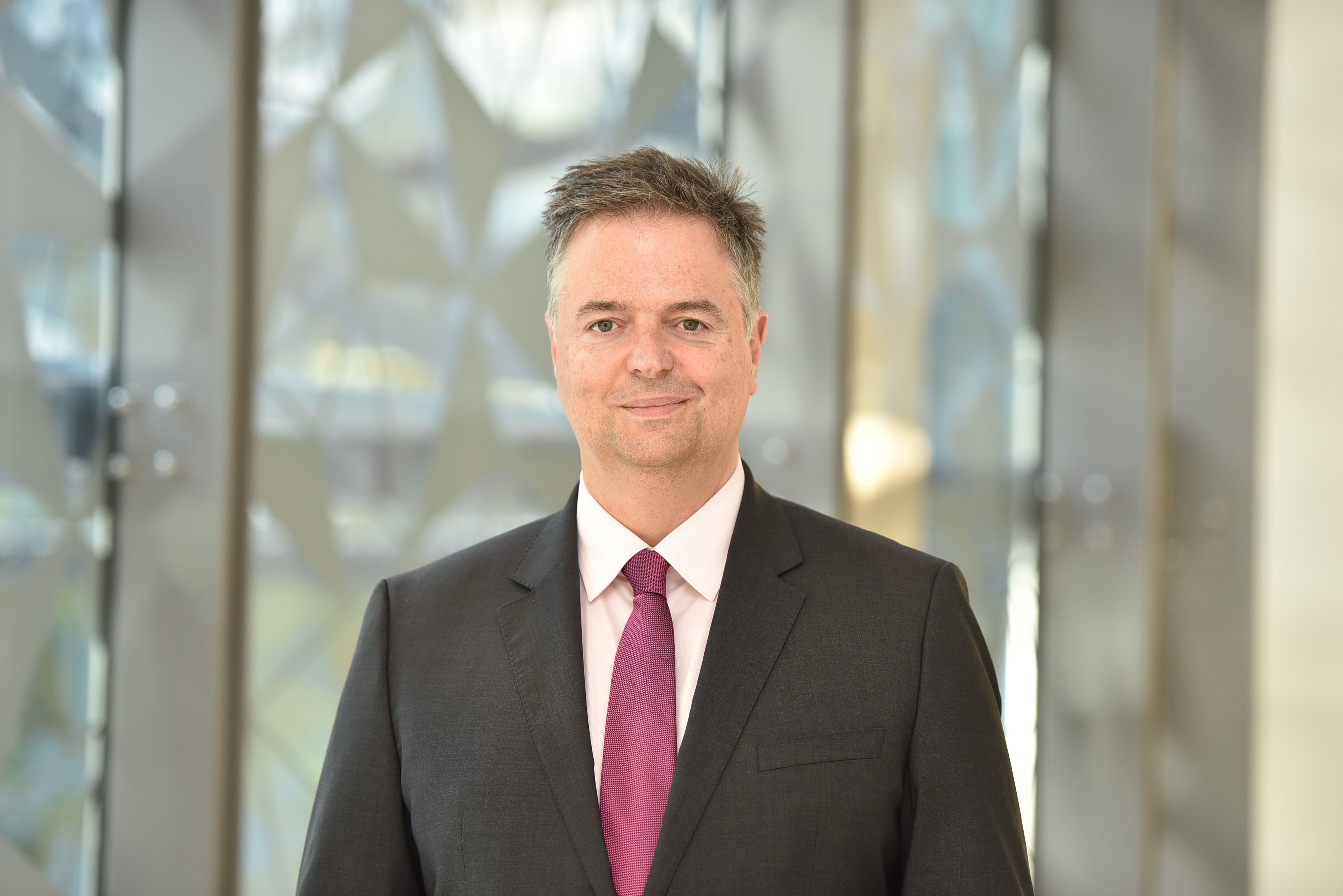
At HBKU and across Qatar, academics, researchers and students alike are increasingly conscious of the risks facing the natural environment and taking bold steps to protect it. “We’re constantly trying to enhance the scientific body of knowledge, and constantly trying to come up with solutions to problems”, enthuses Dr Al-Ansari.
Although a newcomer to Doha, Professor Rechkemmer is inspired by the pioneering leadership of Qatar Foundation in this sector. “I think it is very bold, brave and ambitious work”, he says.
For Dr Al-Ansari, the inspiration comes first and foremost from within: “I’ve been lucky and privileged to be trained at world-class institutions, and so I’ve always had a feeling that I wanted to give back to my country and community”.
Qatar’s 2030 Vision. A guiding blueprint for Qatar’s development, rooted in the strategy of nearly every business and public entity throughout the country.
But what does it mean for men and women in Qatar, and how has it manifested in their day-to-day lives?
Q Life sat with two leaders in Qatar’s education and research sectors, uncovering how their work paves the way for the country’s long-term prosperity.
“I don’t think that there would be progress or change in any nation if it wasn’t based on education”, says Dr Amal Al Malki, Founding Dean of the College of Humanities and Social Sciences at Hamad bin Khalifa University.
Describing herself as a product of education, Dr Amal was the first Qatari faculty member to join Education City.
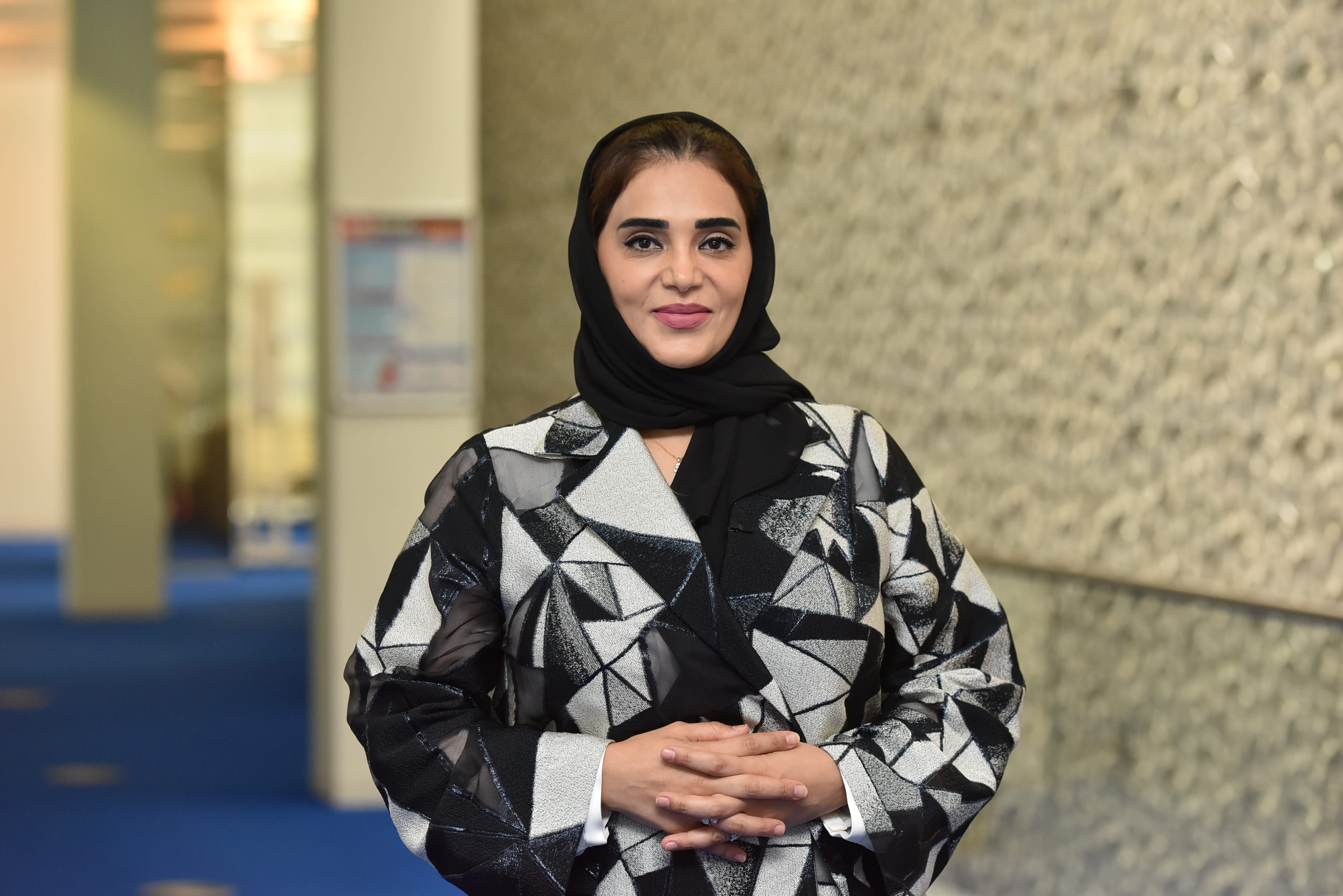
Her achievements in the world of academia are inspired by Her Highness Sheikha Moza bint Nasser, whose efforts have, she notes, “single-handedly changed how the society perceives women and the women’s role within the society”.
But the best part about her work is seeing her students succeed: “I’m the proudest when I see a graduate of mine become the CEO of a cultural institution in Qatar or pursue an MBA from a top university in the UK”.
A few blocks away from her College, intellectual ideas are also born in Sidra Medicine, the home of Dr Khalid A Fakhro, Director of Human Genetics’ pioneering research.
“What we are witnessing today in the State of Qatar is a true metamorphosis”, Dr Khalid says.
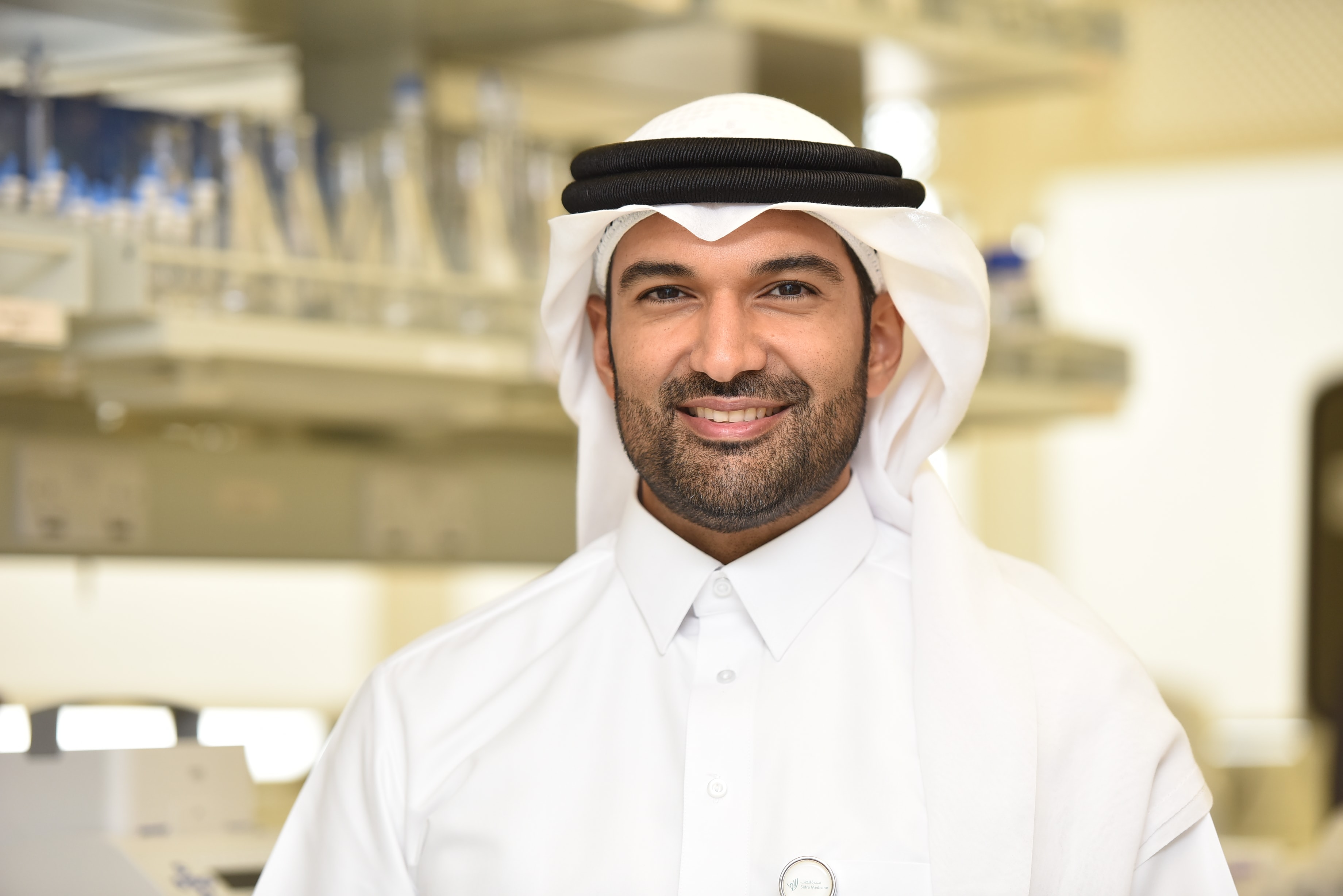
As one of the country’s leading geneticists, Dr Khalid and his team work side-by-side with doctors to tackle various diseases through research-driven care.
He explains that Qatari people, much like himself, are inspired by the “drive to make a difference and that sense of responsibility towards the future generations”.
His favourite part about the job? “Solving a disease”, he says, without a doubt.
“There is a huge need, not just in this country, but internationally as well, to develop science as a continuum of healthcare. That need is thankfully being implemented in Qatar thanks to the vision of the leadership here”.
“Reading creates leaders, thinkers, and innovators,” reflects Al-Jazi Al-henzab, Project Manager of Qatar Reads. Two months after its launch, Al-henzab tells Q Life how Qatar Reads is already cultivating a new generation of readers throughout the country.
What was the inspiration behind the Qatar Reads campaign and what motivated you to get involved?
I wanted to work on this particular initiative – Qatar Reads – as I love books, and for me personally reading has had a tremendous impact on my life.
I want to share this passion I have for reading with others and encourage people in Qatar to read. Ultimately, this initiative aims to help people achieve their goals through reading, discovery and innovation.
Why is nurturing this reading culture in Qatar so important?
Reading creates leaders, thinkers, and innovators.
I believe if we are successful in creating habits individually, we will inspire a nation collectively. Reading challenges pre-existing beliefs and helps people develop on a personal and professional level.
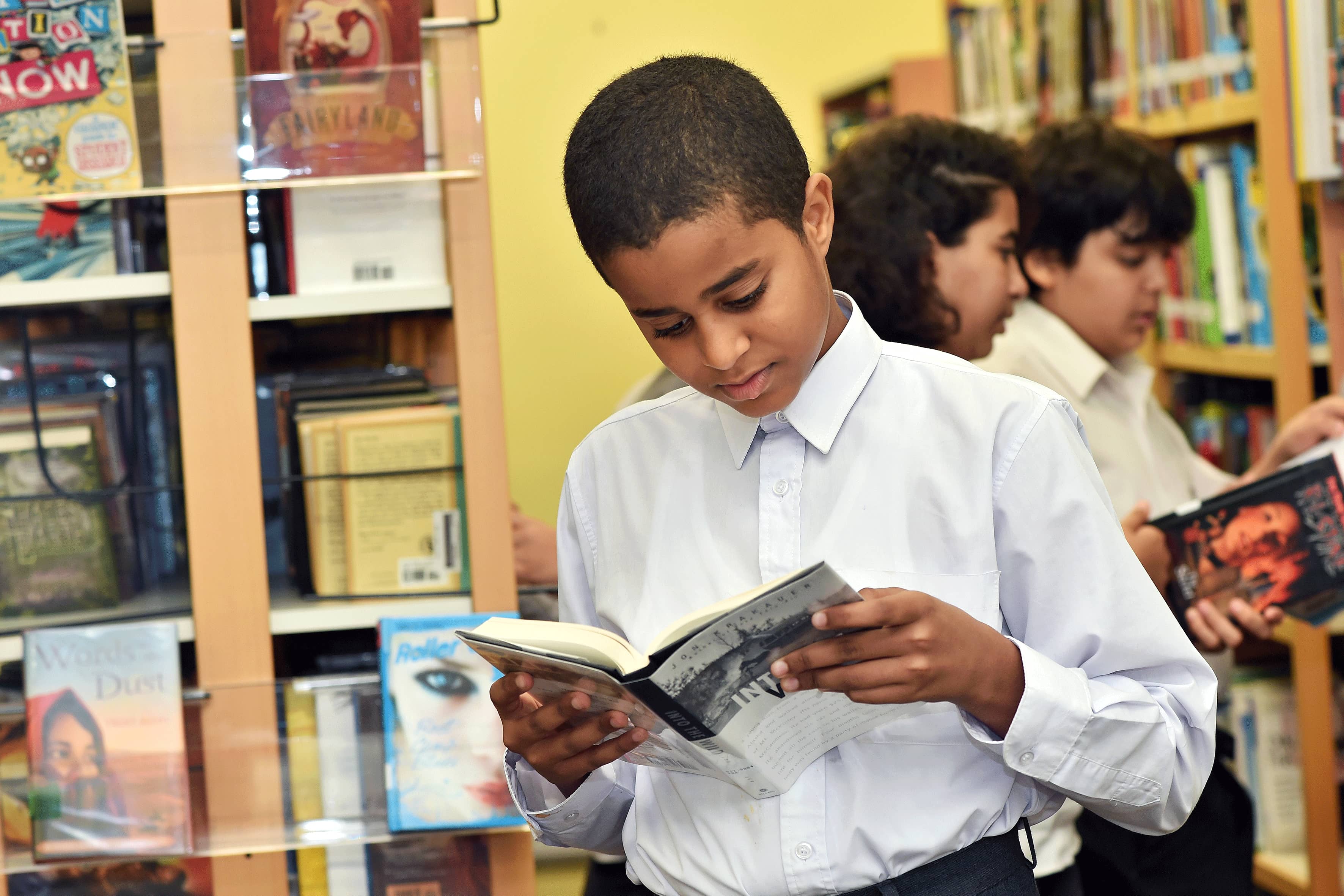
How does Qatar Reads work to foster a culture of readers?
A culture of reading isn’t just confined to books – it encompasses the entire experience. It’s about creating a habit of reading, including reading for fun and reading as a family activity.
Through Qatar Reads, we aim to develop this through a series of programmes, such as the ‘Family Reading Program’. Subscribers to this programme receive a monthly package of books and activity sheets via specially created mailboxes in the shape of houses which can be found outside homes across Qatar. Subscribers are also invited to attend exclusive events.
Our programmes have different purposes and were created based on the challenges we identified within the community – they are custom made for the needs of our various audiences.
What has been your most rewarding moment or proudest achievement of the Qatar Reads campaign to date?
Simply seeing children holding books as if they were carrying their favourite toy – not associating reading with being a boring, or menial task. Also, meeting parents who can see and feel a difference in their children’s behaviour brought about by their new-found love of reading.
How great an impact does this campaign have across Qatar?
Even though Qatar Reads was only launched in June 2019, we have already impacted many families. The ‘Family Reading Program’ has been extremely popular and has already reached 260 families and over 500 kids.
The social media engagement rate, the attendance to events, and the overall feedback has been great and is very encouraging.
How impressed have you been by the enthusiasm shown by children across Qatar?
Children are thrilled with the variety of books and comics we are providing. We have received fantastic feedback, our participants are particularly excited to see so many local references in the content – from local names to local locations, such as Hamad International Airport, Qatar National Library, the National Museum of Qatar, Katara, and more! It makes the experience relatable and real for them since the content reflects where they live.
What is your vision for the Qatar Reads campaign over the next five years?
Through this initiative, we want to create a generation of self-sustained readers who can influence generations to come. I hope that our participants become ambassadors for Qatar Reads, helping to grow the initiative and spreading our values, effectively turning it into a national movement.
Ultimately, I want to see reading become “cool” in Qatar.
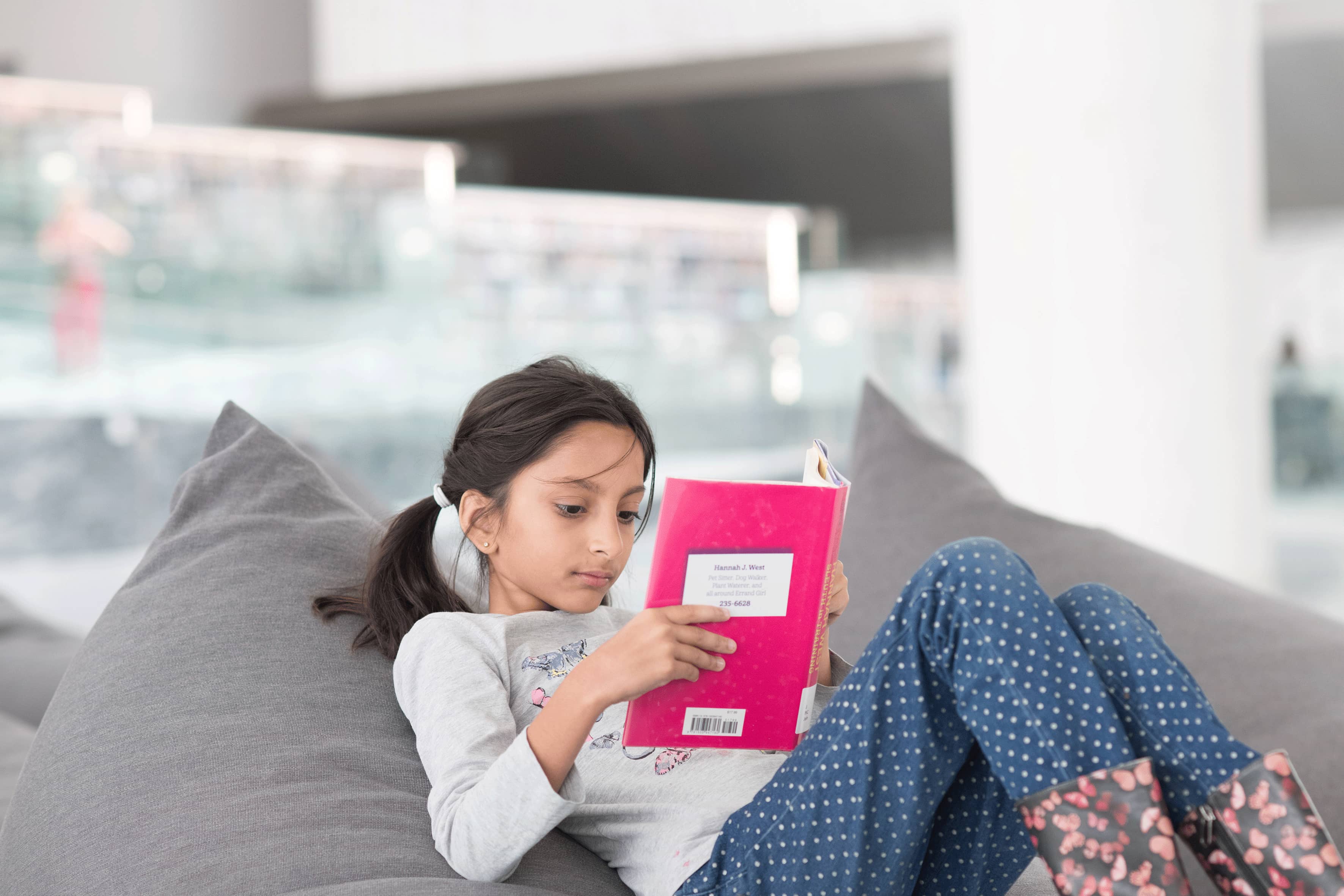
Today we launch Q Magazine Issue 6: Qatar in Colour, celebrating the vibrant cultures and communities that call Qatar home.
Through interviews, mini-documentaries and photo stories, this edition of Q Magazine uncovers the past, present and future of how cultures within Qatar have grown and developed.
We talk to the people who have fostered this growth and learn how Qatar has built an environment where ambition can become reality.
Read the full edition here.
Artists, actors, and dignitaries gathered in Doha for the long-awaited opening of the stunning National Museum of Qatar (NMoQ) in the spring of 2019.
The magnificent structure dominates the landscape, like a desert rose bursting from the surrounding landscape. At its heart sits the restored historic palace of Sheikh Abdullah bin Jassim Al Thani.
Together, they are an image of modernity in perfect harmony with the past. The new NMoQ is a series of intersecting discs framed by the ancient arches of the old Palace, enthralling architects and visitors alike.
Outside the architectural masterpieces designed by Jean Nouvel, fountains send dazzling jets of water soaring into the sunshine.
Inside, the museum takes the form of a long, winding path telling the story through evocative aromas, archaeological artefacts, commissioned artworks, monumentally-scaled art films, and more.
Together, the 11 permanent galleries take visitors on a journey from the formation of the Qatar peninsula millions of years ago to the nation’s exciting and diverse present. Giving voice to its rich heritage and culture and expressing the aspirations of its people, NMoQ will serve as a hub for discovery, creativity, and community engagement, educating a new generation and advancing Qatar’s cultural vision on the global stage.
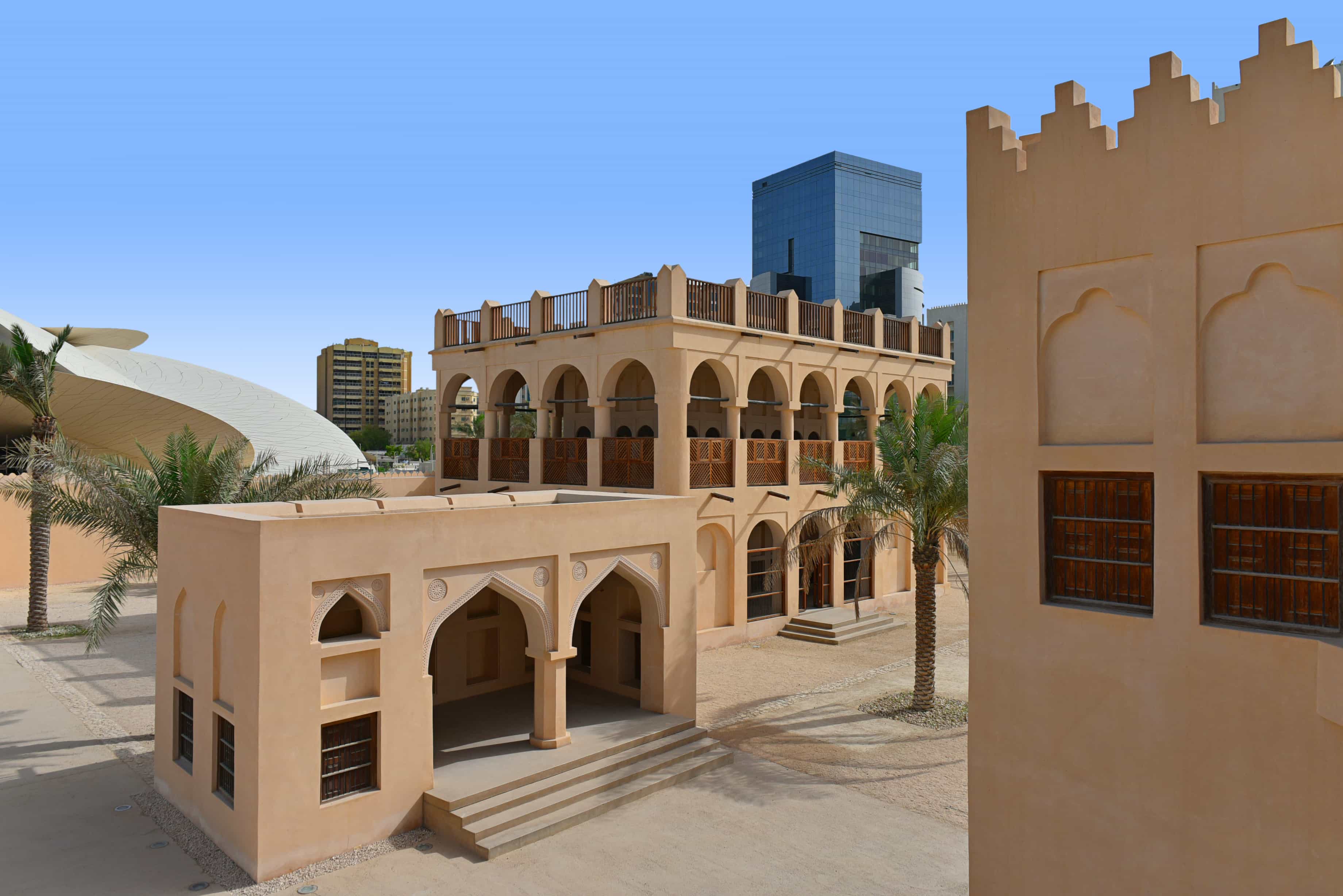
The spectacular structure embraces as its centrepiece the restored historic palace of Sheikh Abdullah bin Jassim Al Thani (1880-1957), son of the founder of modern Qatar. This is a building that in former times was both the home of the royal family and seat of the government, and subsequently the site of Qatar’s original National Museum. The historic palace is now the culminating exhibit in the sweeping succession of gallery experiences.
His Highness the Amir Sheikh Tamim bin Hamad Al Thani officially inaugurated the immersive new museum at a ceremony attended by heads of state, dignitaries, and museum leaders from around the world.
Several well-known figures from different fields attended the opening, including British designer Victoria Beckham and supermodel Naomi Campbell. Portuguese football coach Jose Mourinho, US film director John Bailey, Japanese contemporary artist Takashi Murakami, and many others were present. The ceremony was also attended by former President of the French Republic Nicolas Sarkozy, the Mayor of Rome Virginia Raggi and personal representatives of His Highness the Amir.
Her Excellency Sheikha Al Mayassa bint Hamad bin Khalifa Al Thani, Chairperson of Qatar Museums, says: “The opening of the National Museum of Qatar is a source of immense pride for our country, and an exceptional moment for engaging with people from around the world.
“The extraordinary schedule of inaugural activities we organised to celebrate the opening under the Qatar Creates umbrella drew together outstanding artists, architects, thinkers, and cultural leaders from Qatar and the international community, vividly demonstrating how the National Museum of Qatar will always be a dynamic resource in its programmes as well as its exhibitions. Culture connects people, and with this new museum we believe we have created an exceptional platform for dialogue.”
Sheikha Amna bint Abdulaziz bin Jassim Al Thani, Director of the NMoQ, says: “After more than a decade of planning, we are deeply gratified to welcome the people of Qatar and our international visitors to this exciting museum.
“From the start, Qatar Museums and the National Museum team knew that we wanted to create a living experience for our people – a museum with a heart.
“We have created galleries full of movement, sound, and colour in order to engage our public fully, with their senses and emotions as well as their intellects, and have assembled creative and authentic content that is so rich that people will discover something new with each visit. It is now time for the discoveries to begin.”
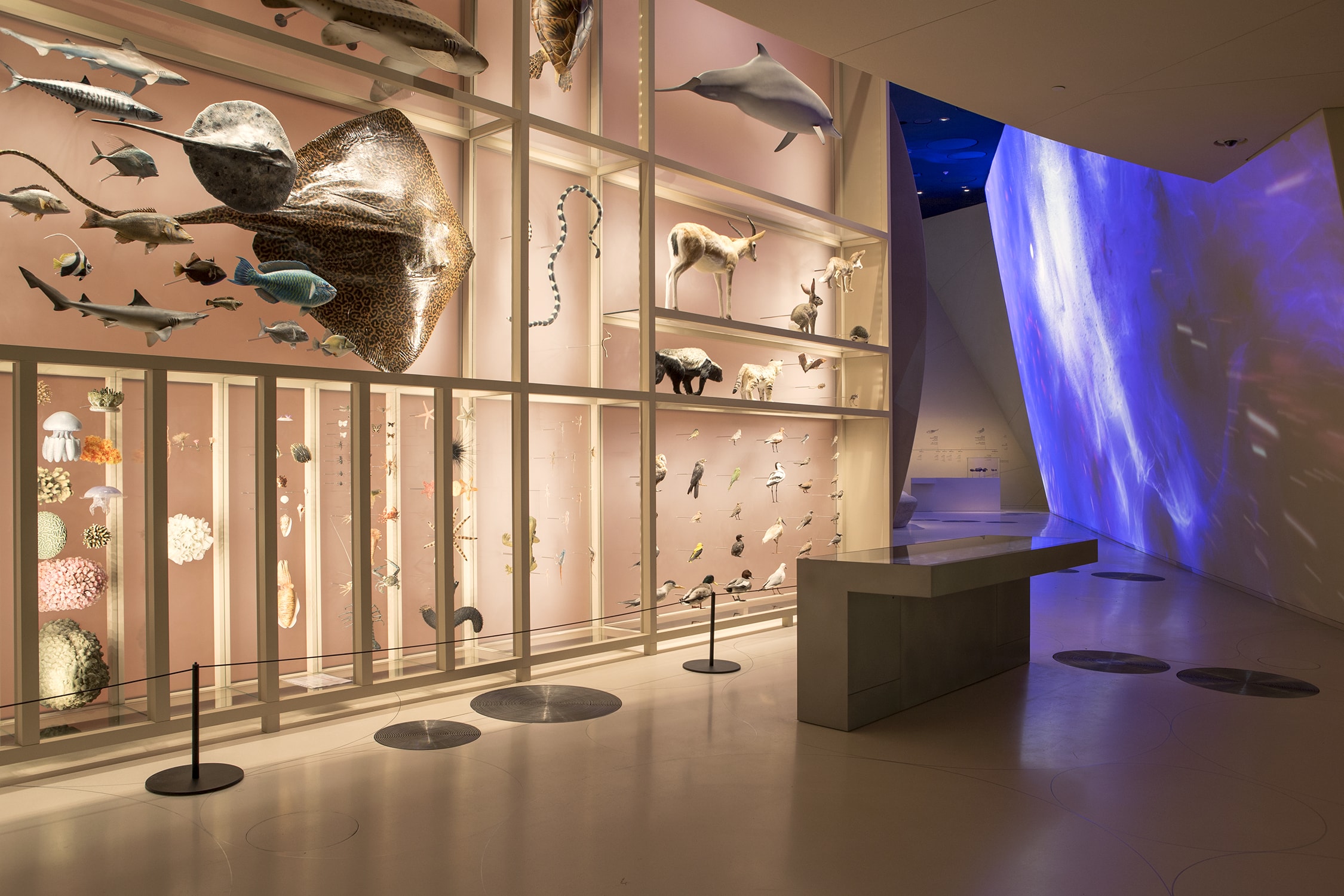
In designing the building that makes these experiences possible, Jean Nouvel drew inspiration from the desert rose, a flower-like formation that occurs naturally in the Gulf region when minerals crystallise in the crumbly soil just below the surface of a shallow salt basin.
Described by Nouvel as “the first architectural structure that nature itself creates,” the desert rose became the model for the museum’s complex structure of large interlocking disks of different diameters and curvatures – some vertical and constituting supports, others horizontal and resting on other disks – which surround the historic palace like a necklace.
A central court, the Baraha, sits within the ring of galleries and serves as a gathering space for outdoor cultural events. On the outside, the museum’s sand-coloured concrete harmonises with the desert environment, so that the building appears to grow out of the ground. Inside, the structure of interlocking disks continues, creating an extraordinary variety of irregularly shaped volumes.
Jean Nouvel says: “To imagine a desert rose as a basis for design was a very advanced idea, even a utopian one. To construct a building with great curved disks, intersections, and cantilevered angles – the kind of shapes made by a desert rose – we had to meet enormous technical challenges.
“This building is at the cutting edge of technology, like Qatar itself. As a result, it is a total object: an experience that is at once architectural, spatial, and sensory, with spaces inside that exist nowhere else.”
The museum is organised in three chapters – ‘Beginnings’, ‘Life in Qatar’, and ‘The Modern History of Qatar’ – taking visitors from the geological period long before the peninsula was inhabited, through to the present day. There is also space for temporary exhibitions.
Because Qatar continues to develop at such a rapid pace, the work of the NMoQ is far from finished, however. It will continue to document the history of a new and rising nation through new exhibits and exhibitions, playing a vital role in Qatar’s cultural memory for years to come.
From the pearl trade to energy security, H.E. Mr P Kumaran, Ambassador of India to the State of Qatar, explains the historic and increasingly important ties between Qatar and India.
As the Kathak dancers bring their dazzling performance to a close, the audience erupts into rapturous applause, a symbol of a true partnership between two cultures: India and Qatar.
The Rhythmic Expressions performance, organised by the Embassy of India in Doha, the Katara Cultural Village, and Qatar Museums, is one of the centrepieces of the 2019 Qatar–India Year of Culture. It celebrates the historic links between the two nations and pays tribute to India’s rich cultural diversity.
Following the performance before VIP guests, H.E. Mr Kumaran, Ambassador of India to the State of Qatar, explains: “This is a very important event. We host many each year, in fact my ambassador friends joke that I am in the newspapers all the time.”
“But this year is special – and we are already off to a flying-start. We have many celebrations to mark the Year of Culture, from Bollywood music and dance, to film festivals and painting and photography exhibitions. We have tried to showcase a little of everything.”
This includes “the mega musical performance” by the Oscar award-winning Indian composer, A.R. Rahman. In front of a crowd of 30,000 at Khalifa Stadium, the performance was the largest ever musical event in Qatar.
Why is this year so important to Indians and Qataris alike? There are over 700,000 Indians living in Qatar, the largest expatriate group in the country.
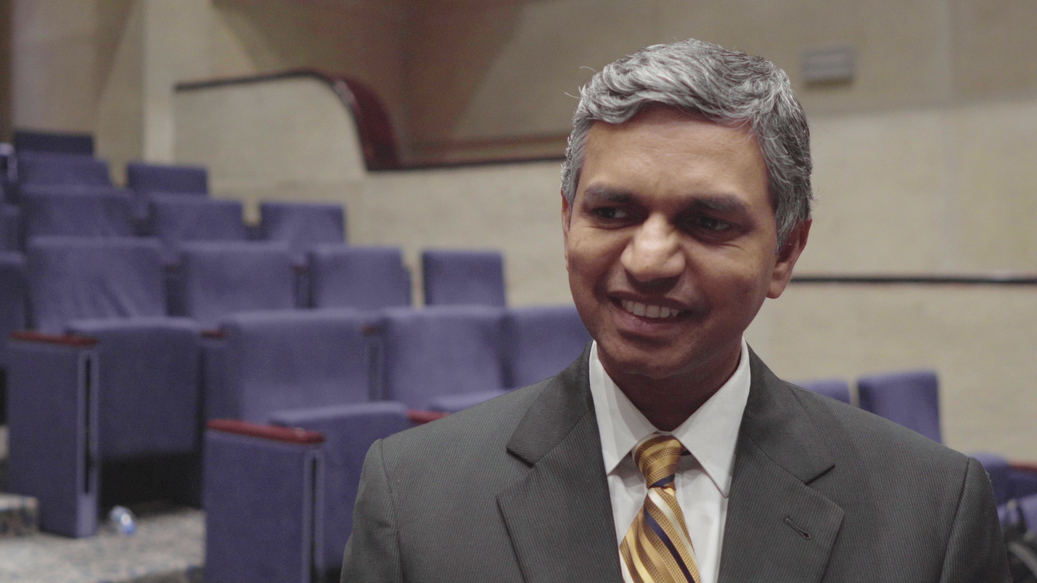
H.E. Mr Kumaran says: “The Indian community has made a significant contribution to the growth and development of Qatar. This has acted as a force-multiplier in strengthening economic and commercial linkages over the years, with around 6000 Indian joint business ventures operating in Qatar and Indian nationals working virtually in every sector of the economy.”
India and Qatar have deep-rooted ties, nurtured through history, he explains: “Trade and investment bring the two countries together. Historically, we have been united through the pearl trade, the construction of dhows and traditional boats, the trade of spices and textiles, and people-to-people links over the years.”
These links helped build two strong nations, expanding trade and creating personal relationships. “Ships used to go from the Gulf region to the west coast of India,” he says. “They would carry riches such as pearls and Arabian horses to India.
“When they arrived, the traders used to wait for the ships to be filled up with products to take back to Qatar. Traders would stay in India for several months, and in some cases started families while they waited. So, these links between our nations go back several centuries.”
This centuries-old relationship has led to both Qatar and India placing importance on collaboration in youth and cultural affairs. H.E. Mr Kumaran states that he aims to continue to “enhance the awareness of the younger generation about these traditional bonds”, adding that “the celebrations as part of the Qatar-India Year of Culture offer our two countries a unique opportunity to renew and revitalise our special bonds of cultural heritage.”
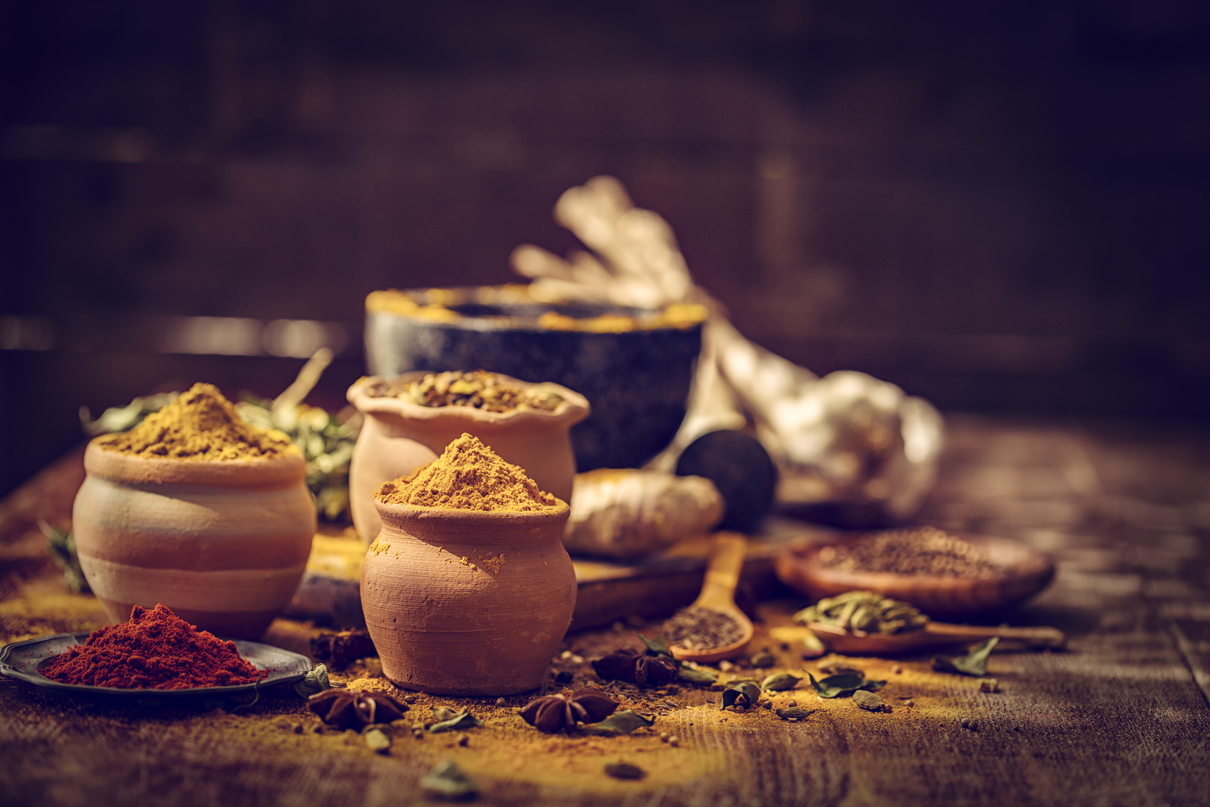
Looking towards the future, H.E. Mr Kumaran believes India and Qatar can become even closer. “Qatar is currently the most important source of LNG for India, and will therefore continue to be a key energy security partner for many years to come,” he says.
“Our trade and investment ties, which are already impressive, have significant potential for further growth. Increasing Qatar’s investment in the Indian economy, taking advantage of the high growth rates projected for the coming years and the new business-friendly policy environment, presents a win-win scenario for both countries.”
“I admire the warm and welcoming nature of the Qatari people,” H.E. Mr Kumaran ended by stating. “They, along with the large and well-regarded Indian community, make me, and my family, feel completely at home in Qatar.”